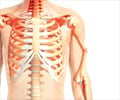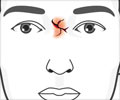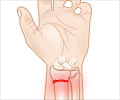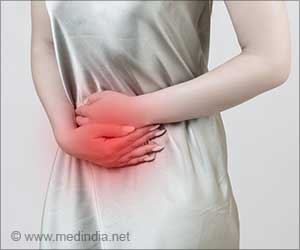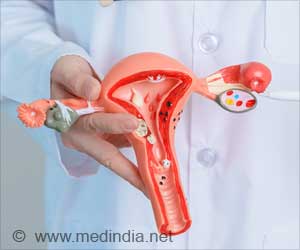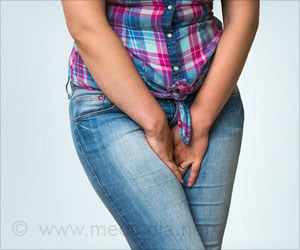A Swedish study shows significant reduction in hip and distal forearm fractures among postmenopausal women, partly as a result of hormone replacement therapy.
The study is a collaboration between the University of Oslo, Aker University Hospital and the Norwegian Institute of Public Health.From the end of the 1970s to the late 1990s the hip fracture rate dropped by 39 percent, while the distal forearm fracture rate fell by 33 percent among women aged 50-64 years. A similar decline was not registered among older women or among men.
Interestingly, use of post-menopausal hormone replacement therapy increased greatly in the same period. It is shown that treatment with oestrogen reduces the risk of osteoporosis and fracture. Based on data from the Oslo Health Studies, we have estimated that almost half of the decline in fracture rates among women in the early phase after menopause in Oslo can be caused by hormone replacement therapy, says Professor Haakon Meyer, at the Norwegian Institute of Public Health and University of Oslo.
In recent years, however, the use of post-menopausal hormone replacement therapy has been significantly reduced. This is the result of new studies that have shown that such treatment leads to increased risk of breast cancer and may increase the risk of cardiovascular disease.
Future monitoring of fracture frequency in the population is therefore important to examine whether this has resulted in a new increase in fracture frequency, says Meyer.
Data on bone mass was taken from the Oslo Health Study 2000-01, while data on the use of drugs that contain oestrogen was taken from the Norwegian Prescription Database.
Advertisement
Advertisement
GPL



